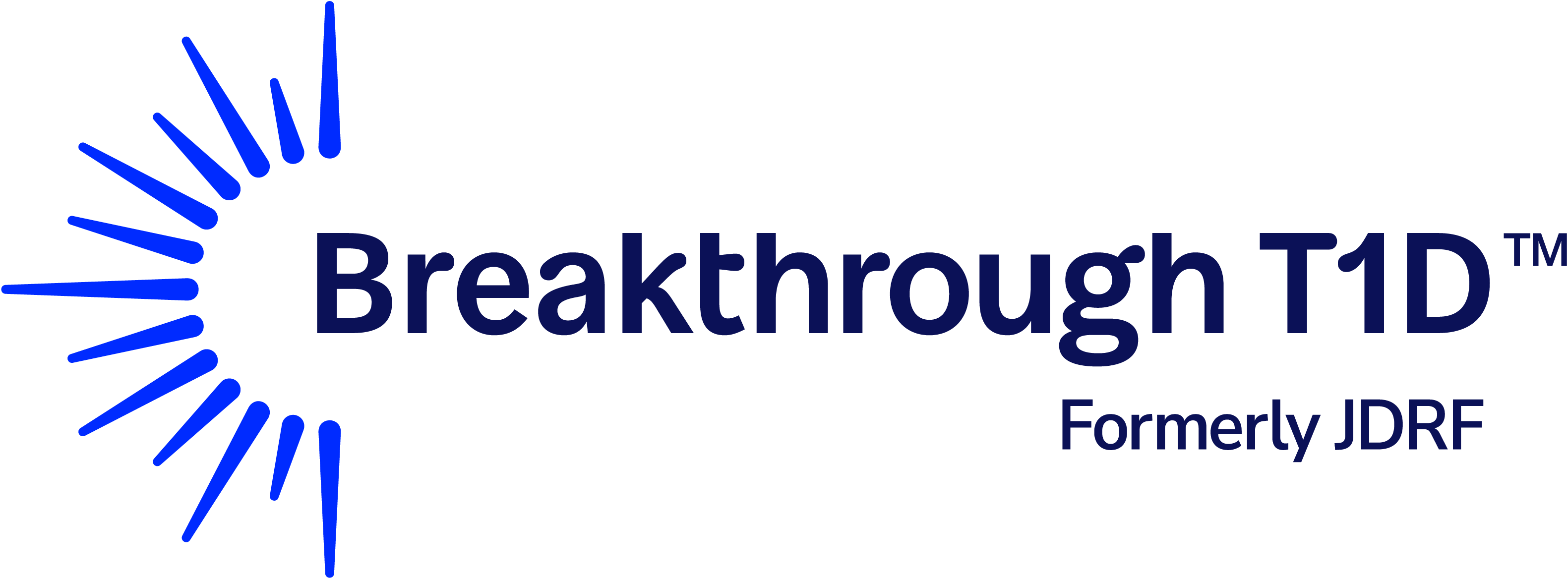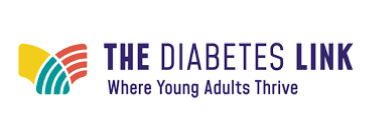Gvoke HypoPen is the first glucagon autoinjector for low blood sugar emergencies in people with diabetes, ages 2 and above.1 It’s premixed and ready-to-go.1 Anyone can use Gvoke HypoPen with 2 simple steps.2,3 It’s available in 2 doses (one for kids and one for adults).
Low Blood Sugar Essentials
Looking for information about low blood sugar or Gvoke? You’ve arrived at the right place!
Explore Resources

Frequently Asked Questions About Gvoke HypoPen®
There are many reasons that people may be at risk for severe low blood sugar. You may be at higher risk if you take insulin or other diabetes medications known to cause low blood sugar, engage in increased physical activity, tend to skip meals, are ill, have tight blood sugar goals, experience insulin pump issues, have had severe low blood sugar in the past, have difficulty recognizing the signs of low blood sugar, or have had diabetes for a long time.4-6
Gvoke can be used to treat a severe low blood sugar event when someone2:
1. Has repeatedly tried correcting with food or drink and it isn’t working
2. Is unable to swallow safely
3. Feels like passing out
4. Experiences loss of consciousness or seizure
It’s important to remember that Gvoke can be used even before you or the person you’re helping passes out or has a seizure. It’s a good idea for you and the people in your life to know how to use it, before you need it.
The most common side effects for adults were nausea (30%), vomiting (16%), swelling at the injection site (7%), and headache (5%).1 The most common side effects for kids were nausea (45%), low blood sugar (39%), vomiting (19%), headache (7%), abdominal pain (3%), high blood sugar (7%), injection site discomfort (3%), injection site reaction (3%), and urticaria (hives) (3%).1 These are not all the possible side effects of Gvoke HypoPen. Most side effects were mild. If an adult ended up having a side effect, it was mild 81% of the time. If a kid ended up having a side effect, it was mild 83% of the time.7
Gvoke HypoPen is premixed and ready-to-go1. It is also available as a 0.5 mg/0.1 mL kids dose and 1 mg/0.2 mL adult dose.1
Gvoke HypoPen, Gvoke PFS and Gvoke Kit are ready-to-use glucagon treatments with flexible options to treat low blood sugar emergencies in people with diabetes, ages 2 and above.1 Gvoke HypoPen comes as an autoinjector with no visible needle. Gvoke PFS comes as a prefilled syringe with a 1/2 inch visible needle, and Gvoke Kit comes as a syringe and premixed vial.
No, Gvoke should only be injected directly on exposed skin and can be injected into the outer upper arm, lower stomach or outer thigh.1
It is recommended that anyone who suffers a severe hypoglycemic event seek help afterwards to check for proper glucose levels and to plan future treatment adjustments.1
Yes, there is a kids-specific dose. Gvoke HypoPen and Gvoke Kit are available in a 0.5 mg/0.1 mL dose for kids <12 years of age. For children under 12 years of age who weigh ≥100 lbs, a 1 mg/0.2 mL dose is recommended.1 Talk to your doctor about which dose is appropriate for your child.
Gvoke HypoPen, Gvoke PFS and Gvoke Kit are available in a 1 mg/0.2 mL dose for adolescent and adult patients ≥12 years of age.1
Gvoke HypoPen should be stored in the original foil pouch until time of use and should be kept at room temperature: 20°C to 25°C (68°F to 77°F). Do not refrigerate or freeze Gvoke HypoPen.1
The 1 mg dose for adolescents and adults lasts up to 30 months from the date of manufacture. The 0.5 mg dose for kids lasts up to 24 months from date of manufacture.7 You should always check the expiration date on the label to make sure that Gvoke HypoPen has not expired. Do not use Gvoke HypoPen if the expiration date has passed.
No, do not refrigerate or freeze Gvoke. Gvoke should be stored at room temperature.1
Gvoke HypoPen should be kept in the original sealed foil pouch to protect it from light and moisture until time of use.2 If removed from the foil pouch and not used immediately as directed, please contact your physician to obtain a new prescription for Gvoke HypoPen. Properly dispose of the opened Gvoke HypoPen in a sharps container after the replacement arrives.2
After use, Gvoke should be kept in a safe place until it can be disposed of into an FDA-cleared sharps container.2
If you have eligible commercial insurance, you may pay as little as $25 with the Gvoke Copay Card.* Xeris also offers a Patient Assistance Program to assist qualifying patients who can’t afford their medications in obtaining Gvoke at no cost. Please call 1-877-myGvoke (1-877-694-8653) for more information.
*Terms and conditions may apply. Please visit GvokeGlucagon.com/Savings-and-Support for more information.
Ask your doctor to request a prescription for Gvoke HypoPen. If you live in a state that has a standing order for glucagon, you can get Gvoke HypoPen directly at your local pharmacy. Talk with your pharmacist to determine if you live in a state with a standing order and if they are a participating pharmacy.
REFERENCES:
- Gvoke [prescribing information]. Chicago, IL: Xeris Pharmaceuticals, Inc; 2023.
- Gvoke HypoPen [instructions for use]. Chicago, IL: Xeris Pharmaceuticals, Inc; 2023.
- Valentine V, Newswanger B, Prestrelski S, Andre AD, Garibaldi M. Human factors usability and validation studies of a glucagon autoinjector in a simulated severe hypoglycemia rescue situation. Diabetes Technol Ther. 2019;21(9):522-530
- National Institute of Diabetes and Digestive and Kidney Diseases. Low blood glucose (hypoglycemia). 2021. https://www.niddk.nih.gov/health-information/diabetes/overview/preventing-problems/low-blood-glucose-hypoglycemia. Accessed September 22 2021
- Kedia N. Treatment of severe diabetic hypoglycemia with glucagon: an underutilized therapeutic approach. Diabetes Metab Syndr Obes. 2011:4;337-346.
- Geller AI, Shehab N, Lovegrove MC, et al. National estimates of insulin-related hypoglycemia and errors leading to emergency department visits and hospitalizations. JAMA Intern Med. 2014:174(5):678-686.
- Data on file. Chicago, IL: Xeris Pharmaceuticlas, Inc.
- Gvoke PFS [instructions for use]. Chicago, IL: Xeris Pharmaceuticals, Inc; 2023.
Indication
GVOKE (glucagon) is a prescription medicine used to treat very low blood sugar in adults and children ages 2 years and above with diabetes.
Important Safety Information
- Do not use GVOKE if you:
-
- Have a tumor in the gland on top of your kidneys, called a pheochromocytoma because of the risk of a substantial increase in blood pressure
- Have a tumor in your pancreas called an insulinoma because of the risk of low blood sugar
- Are allergic to glucagon or any inactive ingredient in GVOKE. Stop using GVOKE and seek immediate medical attention if you experience any symptoms of a serious allergic reaction such as rash, difficulty breathing, or low blood pressure
- Before using GVOKE, tell your doctor about all the medicines you take and your medical conditions, including if you have not had food or water for a long time (prolonged fasting or starvation), have low blood sugar that does not go away (chronic hypoglycemia), or have a history of a skin rash called necrolytic migratory erythema (commonly associated with glucagon-producing tumors)
- The most common side effects reported in adults are nausea, vomiting, swelling at the injection site, and headache
- The most common side effects reported in children are nausea, low blood sugar, vomiting, headache, abdominal pain, high blood sugar, pain or redness at injection site, and hives
- Inform caregivers on the Instructions for Use of GVOKE, and symptoms of severe hypoglycemia, which include unconsciousness and seizures or convulsions
- Store in original container until time of use, and at room temperature between 68°F to 77°F (20° C to 25° C)
- You are encouraged to report side effects of prescription drugs to the FDA. Visit http://www.fda.gov/medwatch or call 1-800-FDA-1088
Please talk to your doctor and see full Prescribing Information and Patient Information Guide for GVOKE.









